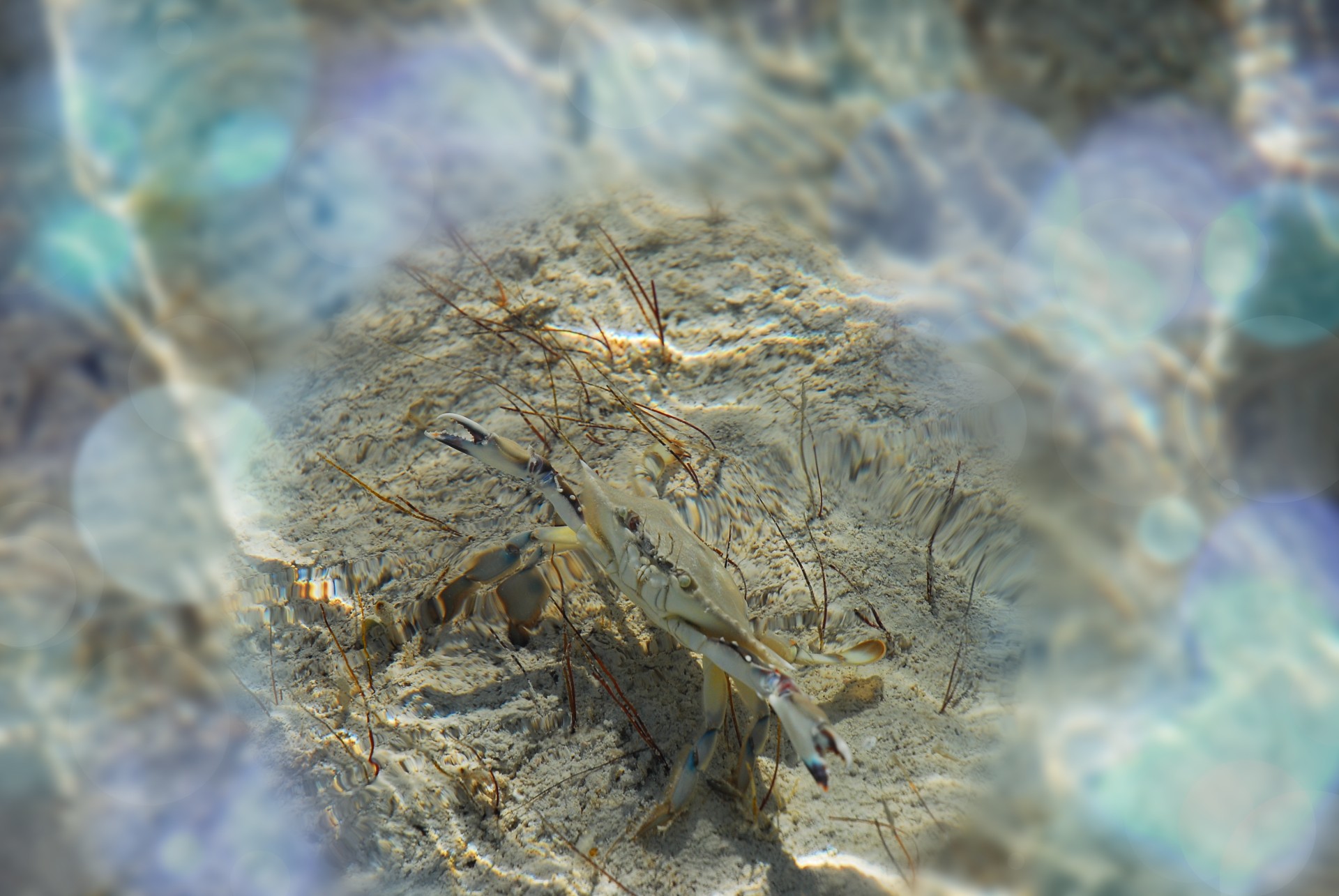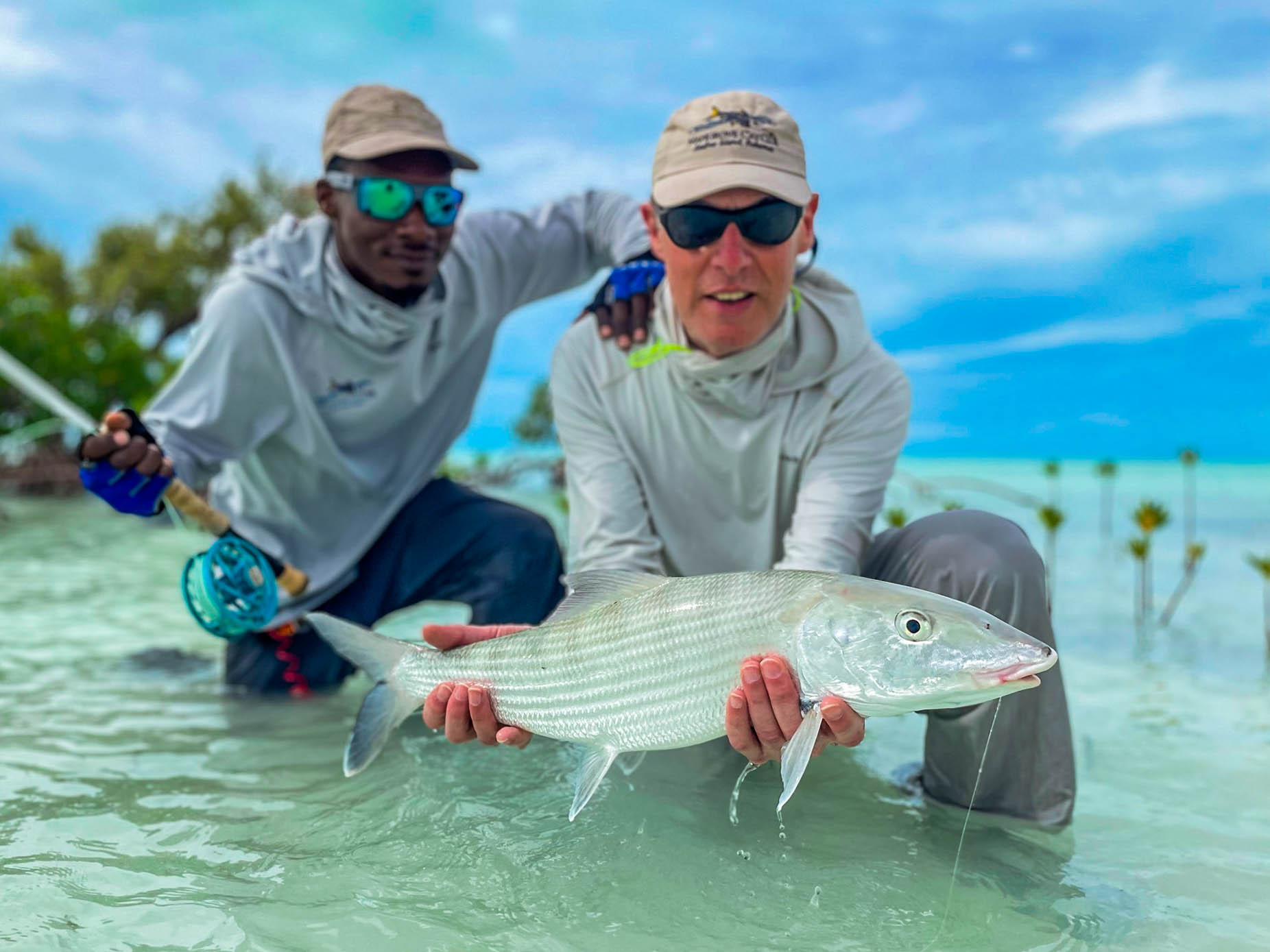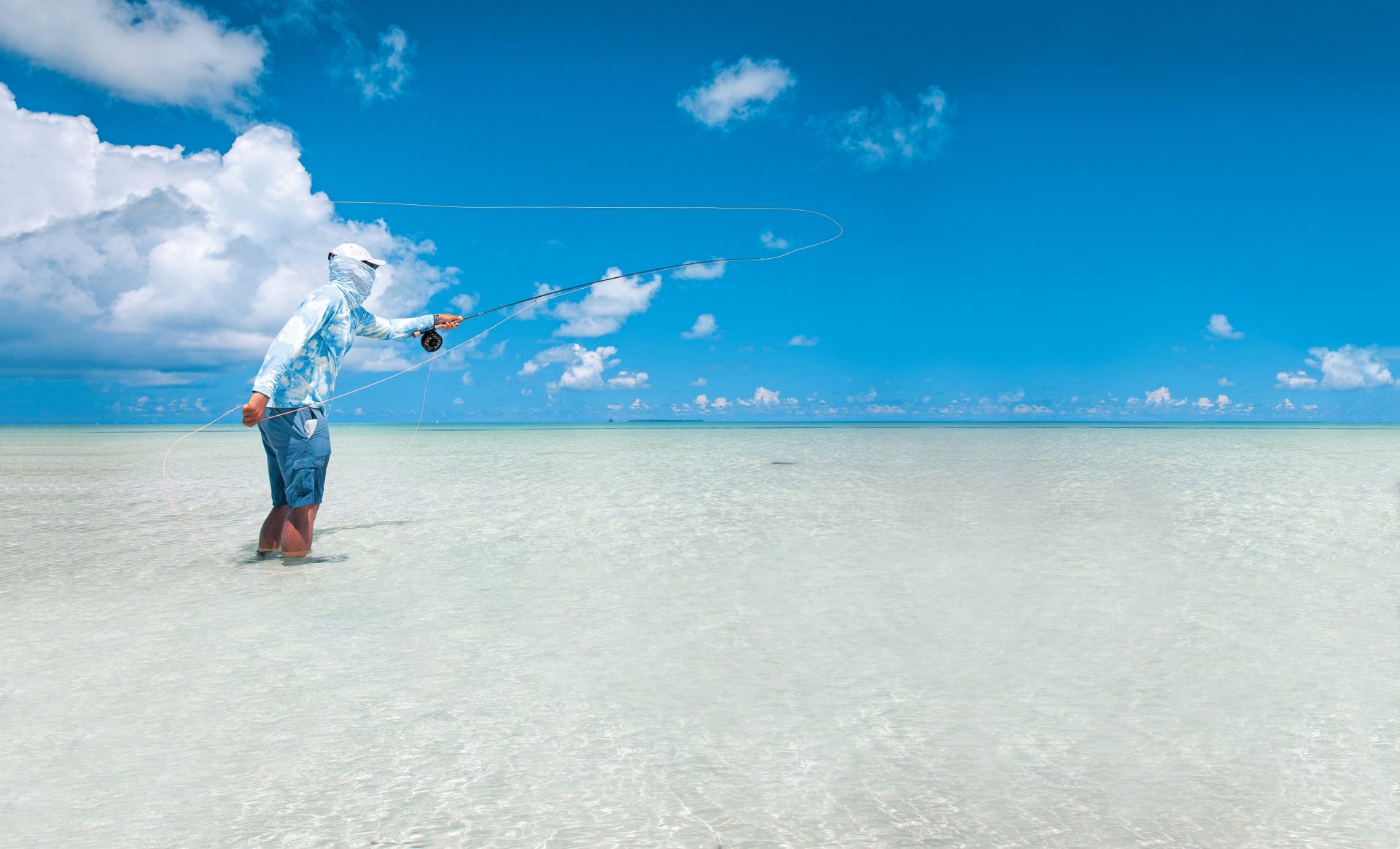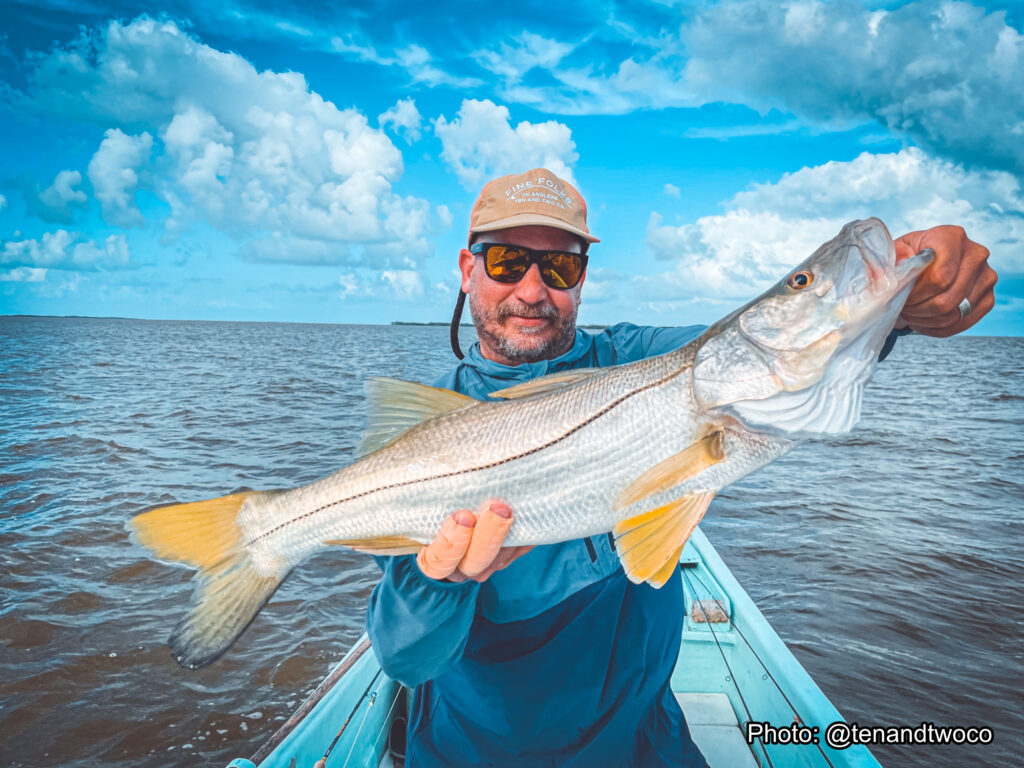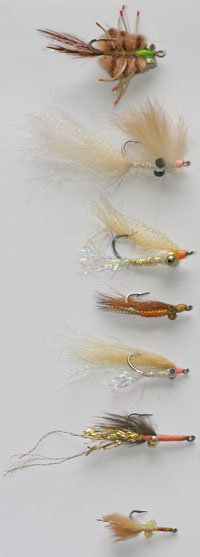As anglers, we’re always analyzing our environment while fishing. One of the most consistent observations, especially when sight fishing for saltwater game fish, is just how many crabs you encounter. Whether you’re wading the flats for striped bass in the Northeast, exploring the hard sand flats in the Bahamas, or casting over coral and turtle grass in Belize, crabs are a crucial part of the food chain. Even in far-flung destinations like the Seychelles, their presence is immediately evident.
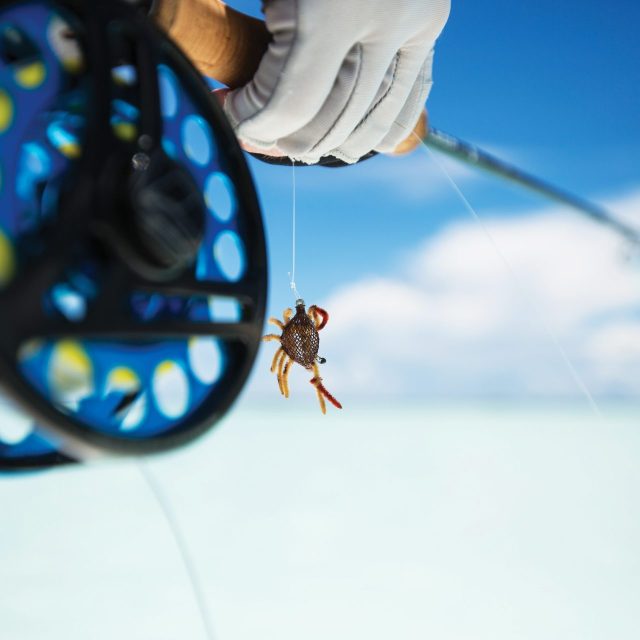
Why Crab Flies Belong in Your Box
Chip Bates from Angler Adventures recently added a section on crab flies to our Bahamas What to Bring list, emphasizing their effectiveness for targeting large bonefish. Based on his experience, carrying at least a few crab patterns—if not an entire box—is a smart strategy for any bonefisherman. Here’s why:
- Bigger bonefish prefer a larger meal. They often seek out high-protein prey like crabs, making a well-presented crab fly irresistible.
- Crabs fight back. Since real crabs often pinch fish when being eaten, bonefish are more likely to strike multiple times, even if they initially feel the hook.
- Crab flies are versatile. If you stumble upon a permit, you won’t need to swap flies—crab patterns work well for both species.
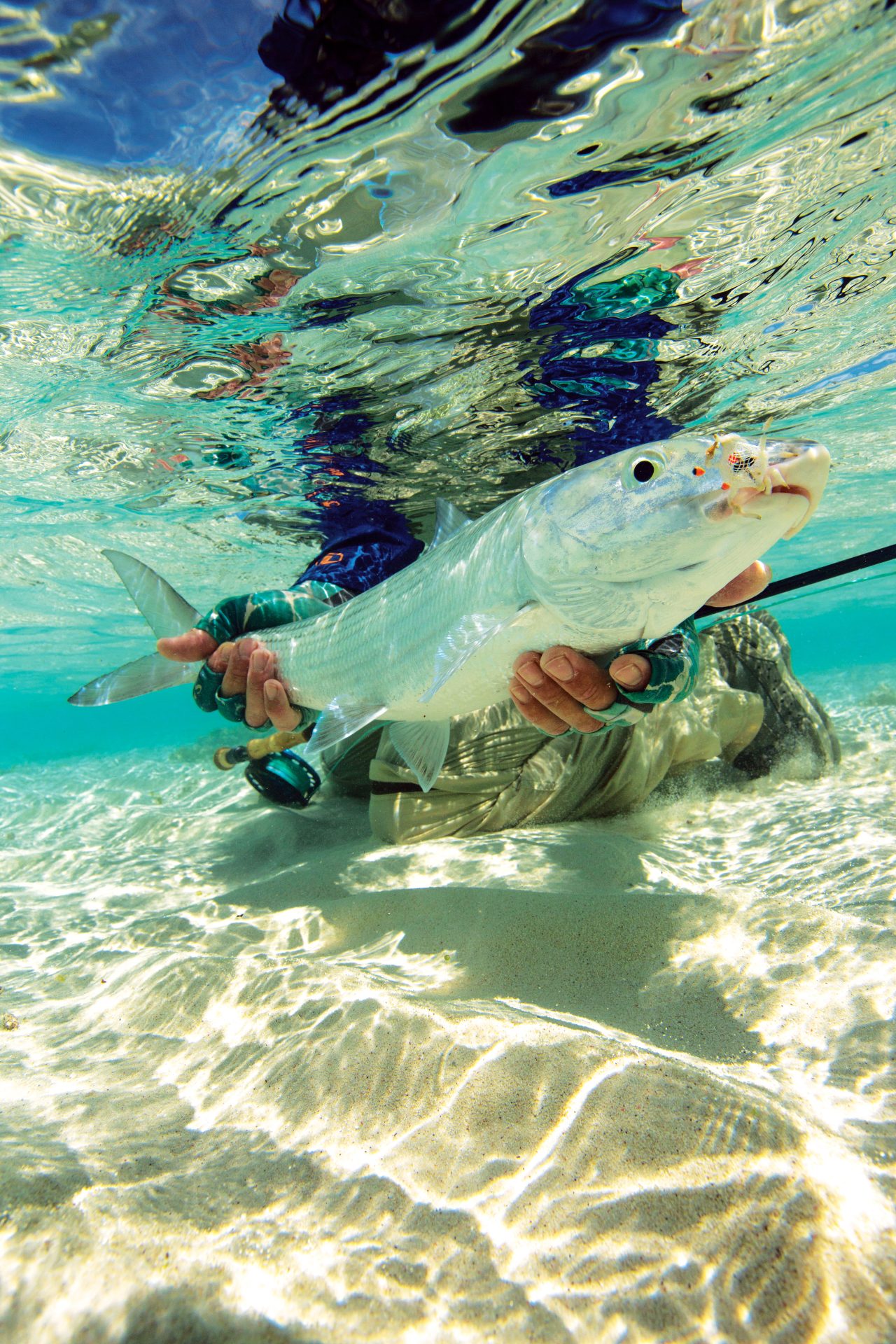
Top Crab Fly Patterns for Bonefish
With today’s variety of crab fly patterns, selecting the right ones can be overwhelming. While some are timeless classics and others introduce new innovations, tan, light brown, and white are the go-to colors across the board. Here are some of our top picks:
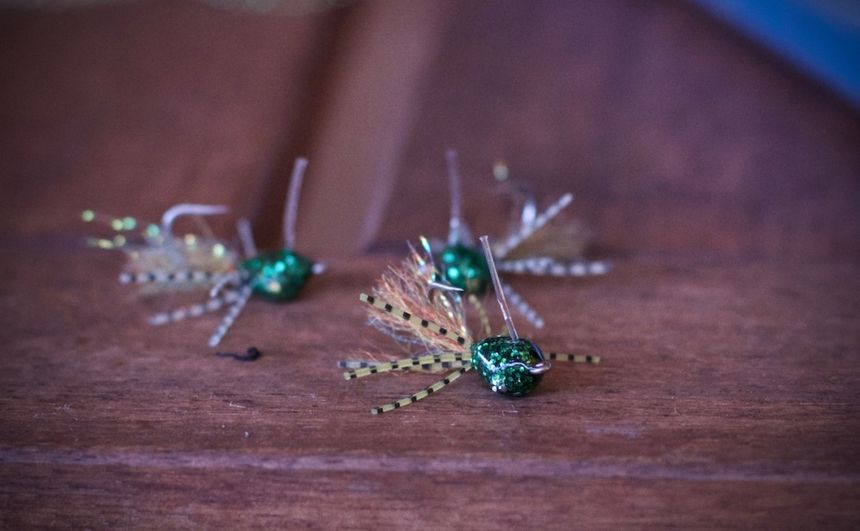
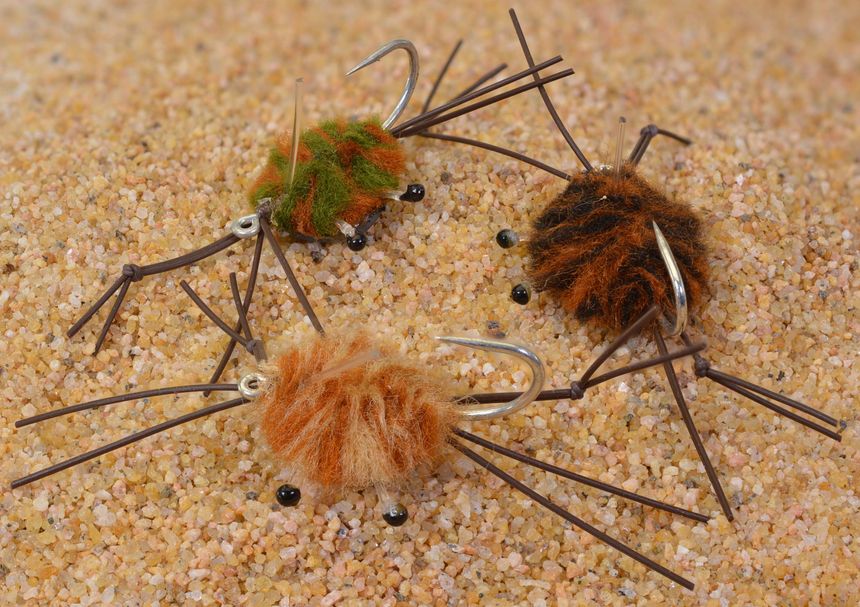
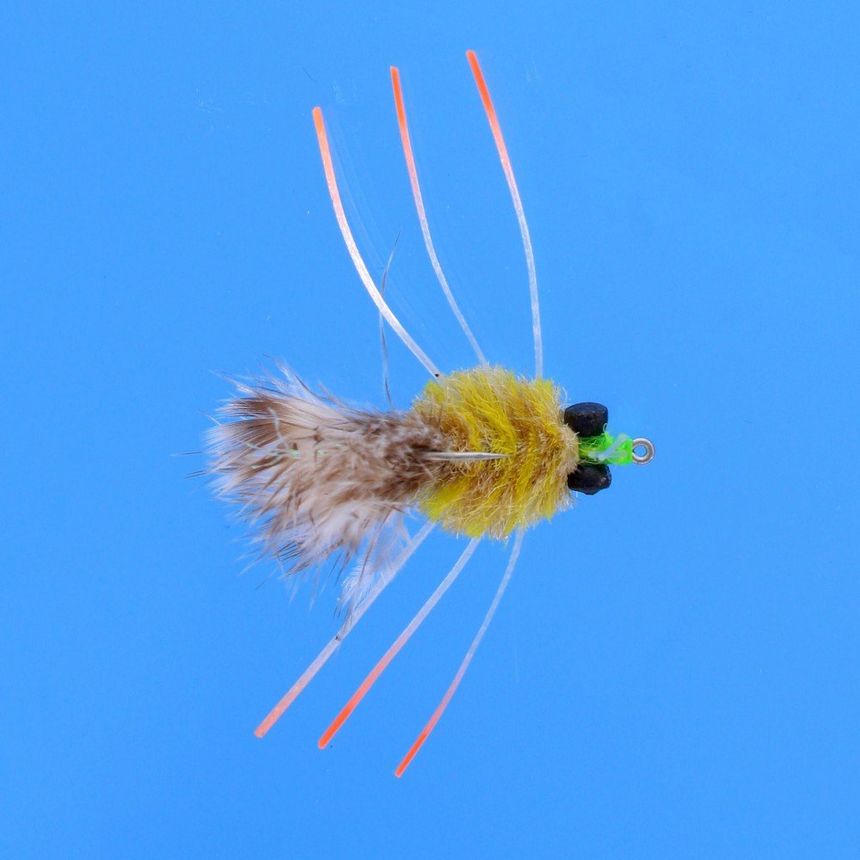
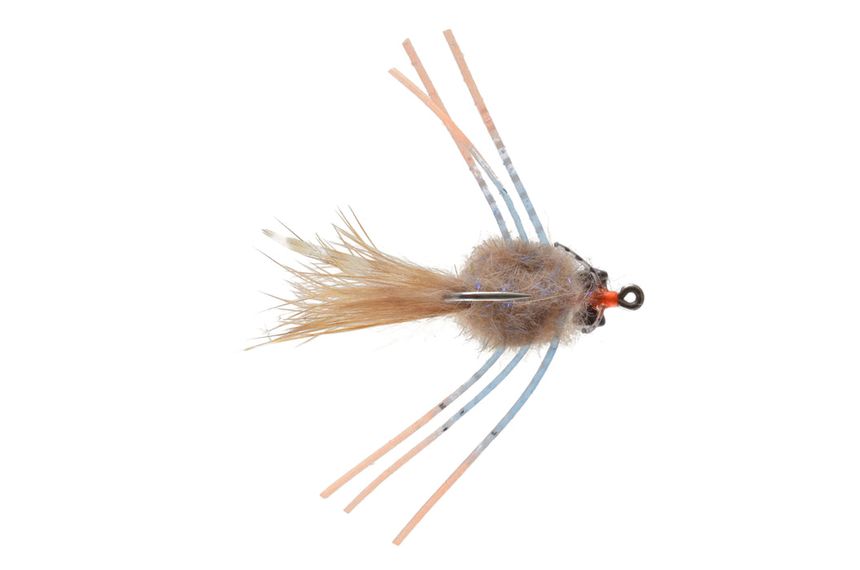
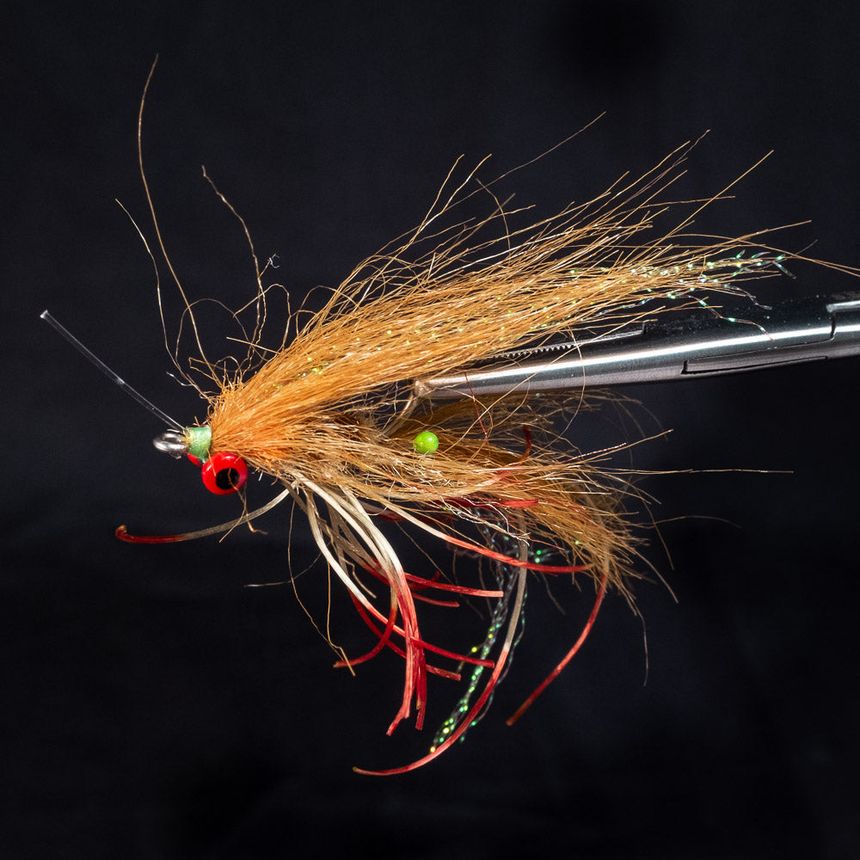
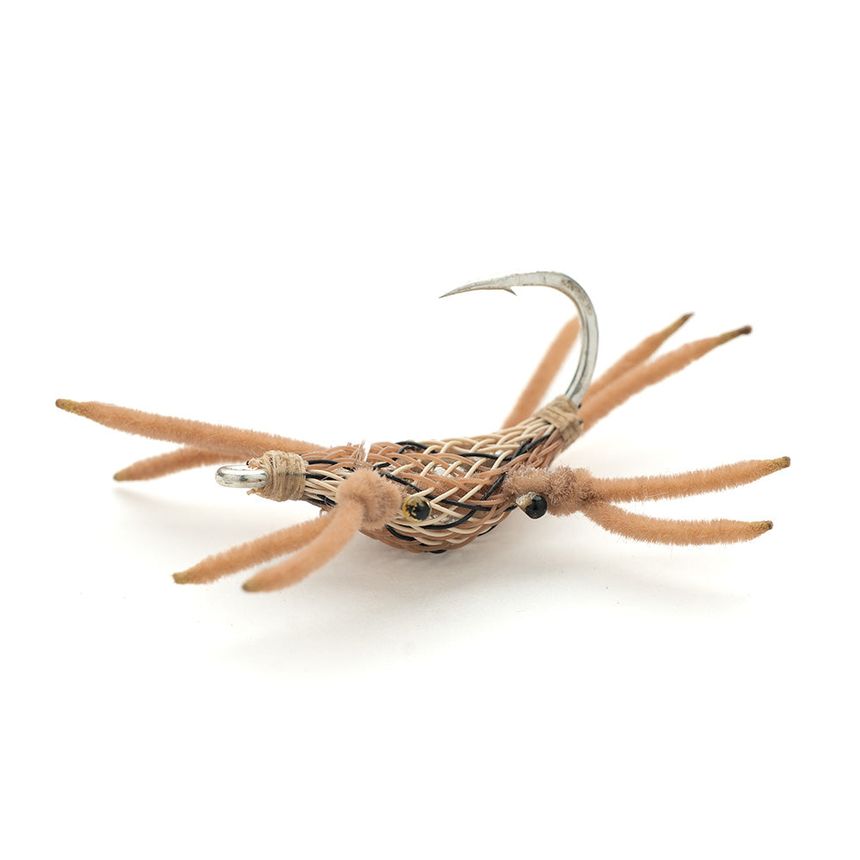
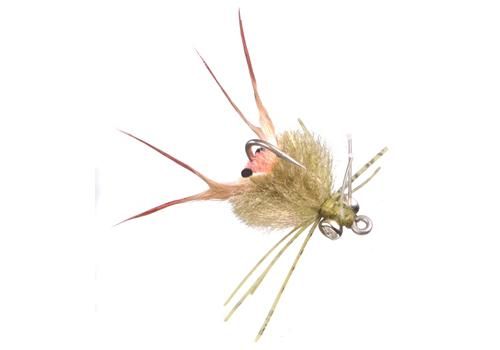
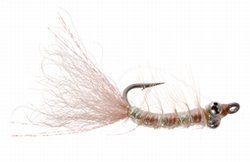

- Del Brown Merkin
- Raghead Crab
- McKnight’s Crimp
- Alflexo Crab
- Kung Fu Crab
- Greg’s Flats Fly
- Pop’s Bonefish Bitter
- Camo Crab
- EP Crab
Final Thoughts
Crabs are an essential part of the bonefish diet, and having the right fly can mean the difference between a good day and a great one. If you’re heading to the Bahamas, Belize, Seychelles, or any other bonefish-rich waters, make sure your fly box is stocked with a selection of crab patterns.
Related Destinations
-

Bahamas
The Bahamas: the penultimate in bonefishing adventure. Fly fishing from dozens of large islands and hundreds of undiscovered smaller cays.…
-

Seychelles
Fly fishing adventures in Seychelles Alphonse Cosmoledo Providence Farquhar Astove Atoll Poivre Alphonse Cosmoledo Providence Farquhar Astove Atoll Poivre Explore…
-

Belize
Belize is a unique fly fishing destination offering excellent fishing for bonefish, permit, tarpon, snook year-round; one of the few…
